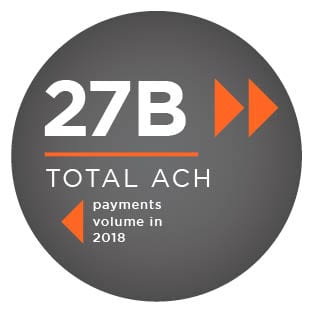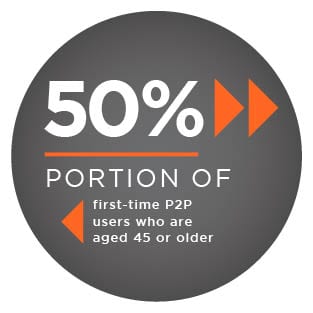
While the Federal Reserve deliberates on whether it will create its own real-time payment (RTP) system, The Clearing House (TCH) is working to head off the competition by making a stronger case for its RTP being the best path to real-time payment ubiquity in the U.S. For TCH, making that case includes recent efforts to appeal to community banks and credit unions (CUs) to convince them that a system owned by major banks will serve all players — with no need for the Fed to get involved.
While financial players in the U.S. work to define the real-time payments future, other countries are working to expand their schemes and tackle uptake problems. The April Faster Payments Tracker™ charts the latest developments.
Arou nd the Faster Payments World
nd the Faster Payments World
The European Central Bank (ECB), for one, is continuing to fight against the lackluster adoption of its TARGET instant payment settlement (TIPS) system. The ECB has found that TIPS is encountering stiff competition from major tech companies’ digital contactless payment services, and that its user experience issues impede TIPS adoption. In an effort to turn things around, the ECB is inviting companies to develop prototypes that leverage TIPS, and to demo their offerings at an event in May.
Meanwhile, Russia is enjoying what appears to be a more enthusiastic response to its Faster Payments System, which went live in January. The system is currently being piloted with 12 banks and payment systems, with 98 more applying to participate. Among the latest to join the pilot is Tinkoff Bank, a digital-only financial institution.
Australia’s real-time payments system, the New Payments Platform (NPP), is also finding new use cases. The government’s human resources department, Centrelink, announced plans to use NPP for emergency disbursements, such as sending disaster relief funds and supplying support to victims of domestic violence.
Find these and the rest of the latest headlines in the Tracker.
 Deep Dive: Making Real-Time Payment Schemes Universal and Interoperable
Deep Dive: Making Real-Time Payment Schemes Universal and Interoperable
National real-time payment rails are giving a burst of speed to domestic commerce, but fall short of providing that same ease to cross-border transactions. Companies that pay international partners must typically turn to slow-settling credit cards, account-to-account transfers or expensive wire transfers. Interoperability between domestic real-time payment solutions, or the development of a single, globally accessible faster payments service, could instead provide rapid, cost-efficient international payments.
This month’s Deep Dive examines current efforts toward interoperability and universality, as well as the challenges to overcome. Read more in the Tracker.
Why Employees’ Debts Increase Employers’ Stress
Living paycheck to paycheck for wages is a common burden for many Americans. Should they be hit with a sudden expense, such as a car repair, they may be forced to turn to high-interest, short-term loans or experience overdraft and suffer those fees, all of which lead to additional financial debt. Studies have found that financial strain can impact employees’ ability to focus at work, and can make them more likely to leave for another job.
In this month’s feature story, Frank Dombroski, CEO and founder of financial wellness solutions provider FlexWage, explained why some employers, looking for ways to curb these issues, are turning to solutions that provide early access to net earned wages. Dombroski also discussed design considerations that are important to avoid the exposure of the employer to liabilities, or the risk of the worker ending up with a monetary shortfall.
Find the story in the Tracker.
About the Tracker
The PYMNTS Faster Payments Tracker™, powered by Fiserv, is the go-to resource for staying up to date on faster payment developments and initiatives on a month-by-month basis. The Tracker highlights the contribution of different stakeholders, including institutions and technology providers coming together to make this happen.